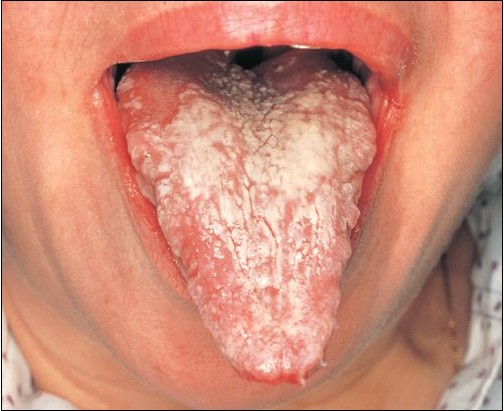Candidiasis explained
Candidiasis is perhaps more commonly known as the yeast infection male thrush, and there are a number of symptoms that can point towards it. If you’ve noticed red skin, swelling or soreness around the head of the penis, you may wish to be screen for candidiasis. Other symptoms can include pain during sex and a notable discharge from the male reproductive organ as well as complications around retracting the foreskin.
However, symptoms aren’t purely confined to the penis and you may well find evidence of candidiasis within the armpits and between the fingers too as the condition can make itself known as a skin infection. The infection can become evident on the skins between the anus and genitals too. When the condition affects these areas it can be found in the area where facel matter leaves the body. Obesity can also provide a risk of candidiasis, as the infection is particular rampant in the areas where skin folds together.

Immune system complications
The first signs of the skin infection usually take on the form of a painful itchy rash, and small red spots can be often be round on the rash subsequently. There is a capacity for the area to then lead to a scaly, white-yellow substance, and if the skin between fingers is affected by candidiasis it usually becomes soft, thick and white. Sometimes candidiasis is known informally as ‘jock itch’.
It is a fungal infection and arises when the natural balances of candida in the body become upset or disturbed. This leads to the chances of a yeast infection, of which candidiasis is one becoming heightened. Candidiasis can make itself known through unprotected sex, though this is not the most likely of causes. It’s usually more like likely that the infection is the result of poor personal hygiene or changes in the immune system, particularly when it is weaker than usual. This means that men with diabetes and HIV could be particularly at risk to candidiasis.
A healthy immune system will keep the candida fungus at bay. Warm and moist environments are places where candida particularly thrives, alongside areas that are already damaged or sore. Areas that are already irritated are breeding grounds for the infection. Uncircumcised men are particularly at risk from developing a yeast infection as the area under the foreskin is usually noticeable warm and moist. Thrush or candidiasis that affects the genitals is known as balanitis thrush.
Treating Candidiasis
The most common treatment for candidiasis involves over-the-counter anti-fungal creams. Patients with compromised immune systems may be prone to invasive candidiasis, which means that the infection travels around the whole body – a situation that can necessitate more serious levels of medical care. In any case, it is usually recommended that unprotected sex is avoided entirely until candidiasis is completely cleared up. If the itchiness is particularly extreme, patients may well be prescribed corticosteroid cream for extra potency. Good personal hygiene is also recommended not only for eradicating the infection but ensuring it does not return too.
Written by Kat Kraetzer, an experienced blogger working in the health-care industry for many years

